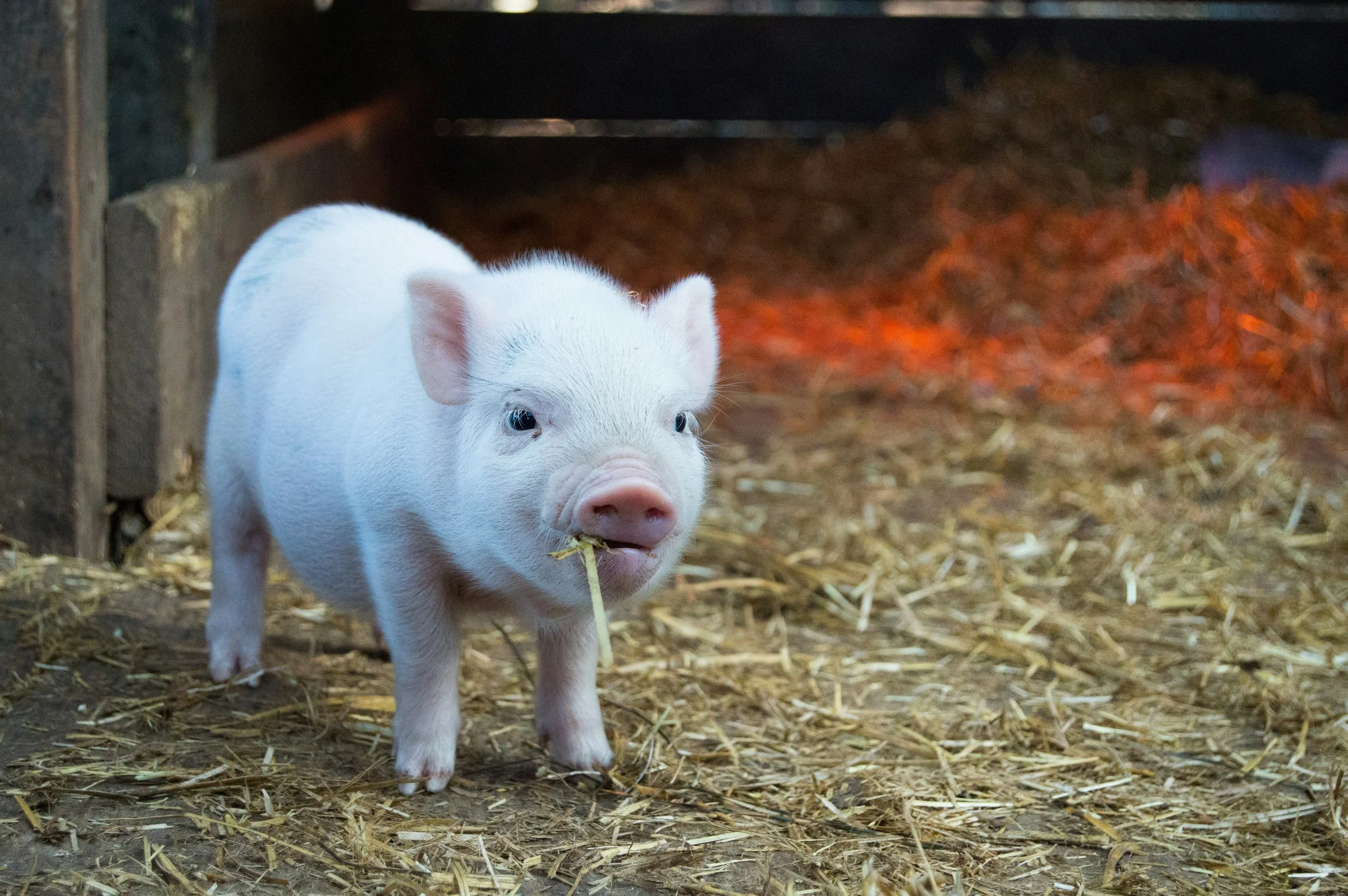By: Brandon Adcock, Staff Member
The next big step in agriculture could be the upgrade of faceless, killing machines. Popularly known as drones, the more neutral term is “UAV,” standing for Unmanned Aerial Vehicle.
[i] The legal issues in drone use domestically have been tainted by abroad applications. However, perceptions need to change, as UAVs become the key to advancing agriculture.
[ii]The Federal Aviation Agency (FAA)
[iii] has banned UAVs for any commercial purpose but hobbyists may fly them “up to 400 feet high as long as they are away from airports and the aircraft remains within line of sight.”
[iv] The FAA claims safety concerns, particularly when airplanes rely on knowing when airspace is clear to avoid collisions.
[v] Even the drones used abroad typically soar in areas with minimal air traffic.
[vi] However, these claims are suspicious when farmland is remote, expansive, and farmers do not take issue with the 400-foot ceiling as much as the 55-pound weight limit,
[vii] which is necessary for a flexible platform of cameras, sensors, and mechanical limbs.
[viii] Public distrust of drones better explains why the FAA has bottlenecked UAV usage in agriculture. Despite this, federal law mandates the National Airspace System open by 2015,
[ix] which means tech-savvy farmers and paranoid citizens are butting heads sooner than expected as Congress recently nudged the FAA into writing regulations on UVA commercial applications and restrictions in the coming year.
[x] Their questionable military applications have the public balking against camera lenses peering into their lives.
[xi] On the other hand, there remains the farmer’s problem. Current technology has widened the farmer’s reach, allowing acreage growth, but their field of vision has not expanded in kind to the diseases, deficiencies, and infestations that still occur.
[xii] A swarm of drones could keep watchful eyes on crop conditions, perhaps even tending to problems immediately.
[xiii] Drones could allow farmers to turn in loads of equipment for a cost-effective, multi-purpose machine. More importantly, Europe, Canada, Australia, and Japan already use drones for these purposes,
[xiv] which makes UAV advocates concerned the U.S. is losing its agricultural edge.
[xv]The public confuses the privacy and due process problems of war drones by also blaming agriculture drones, a solution to the distinct problem of agricultural advancement. The Fourth Amendment foundation and mountains of case law govern against these former issues.
[xvi] Besides, farming UVAs would be privately owned expressly for monitoring crops. At the very least, the FFA could keep the height limit but allow profitable use of UVAs and drastically expand their weight limit. Perhaps the restrictions should be on hobbyists, the group least affected as of now, who typically live in neighborhoods and are more prone to voyeurism. Agriculture, as the backbone of our society, could funnel billions back into our economy. Progress could very well mean the new face of agriculture may need to be faceless.
_________________[i] Thomas Frey, Agriculture, the New Game of Drones, World Future Society (Aug. 30, 2013), http://www.wfs.org/blogs/thomas-frey/agriculture-new-game-drones.
[ii] Miranda Green, Unmanned Drones May Have Their Greatest Impact on Agriculture, The Daily Beast (March 26, 2013, 4:45 AM), http://www.thedailybeast.com/articles/2013/03/26/unmanned-drones-may-have-their-greatest-impact-on-agriculture.html.
[iii] George Silva, Unmanned Aerial Vehicles For Precision Agriculture, Farms.com (Sep. 13, 2013), http://www.farms.com/news/unmanned-aerial-vehicles-for-precision-agriculture-67146.aspx.
[iv] Dan Parsons, Booming Unmanned Aircraft Industry Straining to Break Free of Regulations, National Defense (May 2013), http://www.nationaldefensemagazine.org/archive/2013/May/Pages/BoomingUnmannedAircraftIndustryStrainingtoBreakFreeofRegulations.aspx.
[v] Miranda Green, Unmanned Drones May Have Their Greatest Impact on Agriculture, The Daily Beast (March 26, 2013, 4:45 AM), http://www.thedailybeast.com/articles/2013/03/26/unmanned-drones-may-have-their-greatest-impact-on-agriculture.html.
[vi] Dan Parsons, Booming Unmanned Aircraft Industry Straining to Break Free of Regulations, National Defense (May 2013), http://www.nationaldefensemagazine.org/archive/2013/May/Pages/BoomingUnmannedAircraftIndustryStrainingtoBreakFreeofRegulations.aspx.
[vii] Caleb Carling, Drone, Drone on the Range, Modern Farmer (July 8, 2013), http://modernfarmer.com/2013/07/drones-drones-on-the-range/.
[viii] Thomas Frey, Agriculture, the New Game of Drones, World Future Society (Aug. 30, 2013), http://www.wfs.org/blogs/thomas-frey/agriculture-new-game-drones.
[ix] Miranda Green, Unmanned Drones May Have Their Greatest Impact on Agriculture, The Daily Beast (March 26, 2013, 4:45 AM), http://www.thedailybeast.com/articles/2013/03/26/unmanned-drones-may-have-their-greatest-impact-on-agriculture.html.
[x] George Silva, Unmanned Aerial Vehicles For Precision Agriculture, Farms.com (Sep. 13, 2013), http://www.farms.com/news/unmanned-aerial-vehicles-for-precision-agriculture-67146.aspx.
[xi] Dan Parsons, Booming Unmanned Aircraft Industry Straining to Break Free of Regulations, National Defense (May 2013), http://www.nationaldefensemagazine.org/archive/2013/May/Pages/BoomingUnmannedAircraftIndustryStrainingtoBreakFreeofRegulations.aspx.
[xii] Thomas Frey, Agriculture, the New Game of Drones, World Future Society (Aug. 30, 2013), http://www.wfs.org/blogs/thomas-frey/agriculture-new-game-drones.
[xiii] Id.
[xiv] George Silva, Unmanned Aerial Vehicles For Precision Agriculture, Farms.com (Sep. 13, 2013), http://www.farms.com/news/unmanned-aerial-vehicles-for-precision-agriculture-67146.aspx.
[xv] Miranda Green, Unmanned Drones May Have Their Greatest Impact on Agriculture, The Daily Beast (March 26, 2013, 4:45 AM), http://www.thedailybeast.com/articles/2013/03/26/unmanned-drones-may-have-their-greatest-impact-on-agriculture.html.
[xvi] Dan Parsons, Booming Unmanned Aircraft Industry Straining to Break Free of Regulations, National Defense (May 2013), http://www.nationaldefensemagazine.org/archive/2013/May/Pages/BoomingUnmannedAircraftIndustryStrainingtoBreakFreeofRegulations.aspx.














